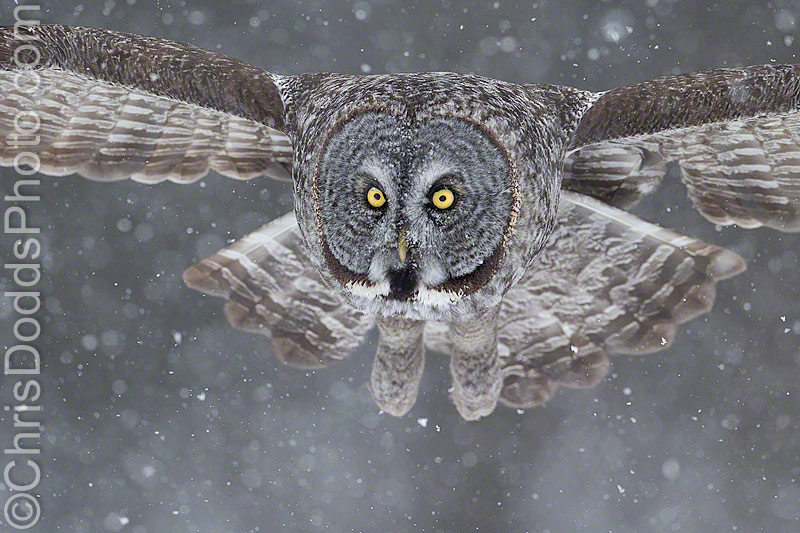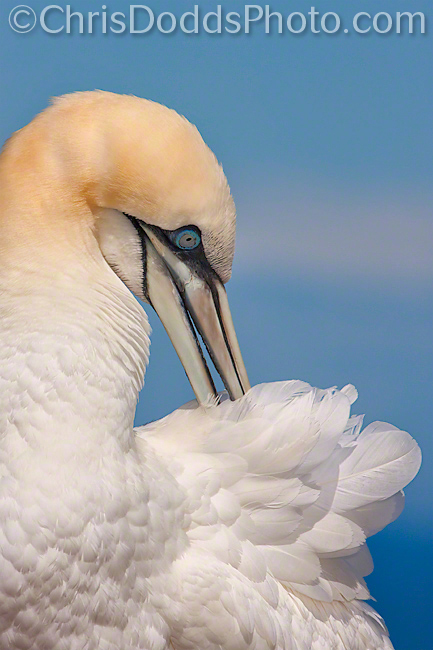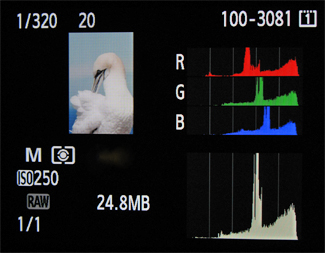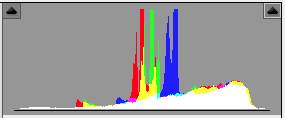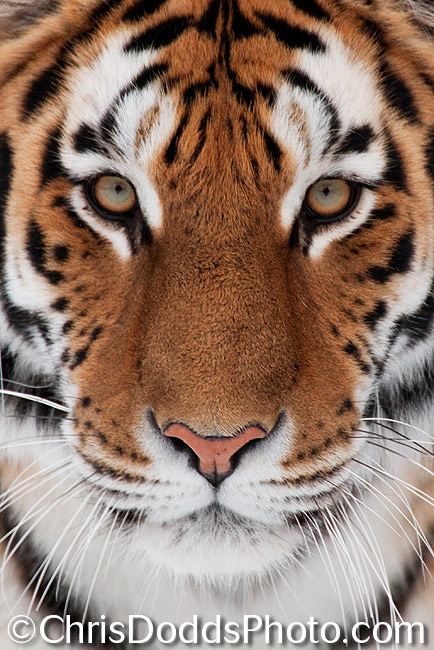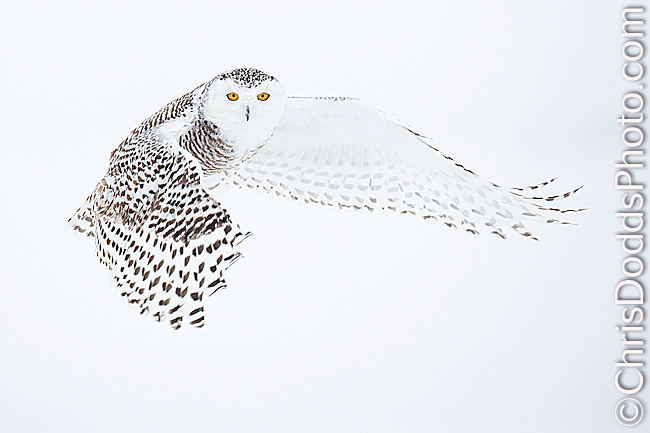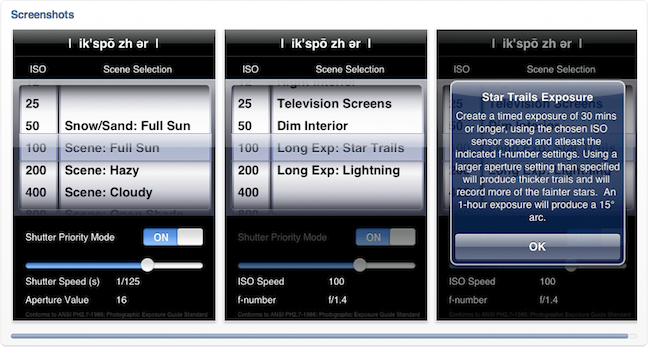
Well, I've lost track of time and think I'm about to leave for week number six or seven of my winter Snowy Owl photographic workshop safaris. Here's one from last week during an epic shoot in a field of fresh snow. Do note the exposure used reflects that is was cloudy and almost dark - Read more about Sunny 16 Rule from a prior blog enty.
New Jobu Designs 1DX L-Bracket
Jobu Designs has come up with a unique way of solving the mounting problems with the Pro size Canon camera bodies. The LB-C1DX is a two-piece L bracket with unique side-plate that only contours to the back of the camera, leaving lots of room out front for access to the battery and rubber covers. They have also integrated a unique magnetically captured hex wrench in the base plate. The tiny magnet will hold several pounds of steel, so the hex wrench is securely attached without rattling, yet it is still easy to remove. Shoot in portrait or landscape, or remove the side-arm easily and use just the base-plate if you want to save weight and space in your backpack. Proudly made of solid aircraft grade aluminum in Canada, it is compatible with most Arca-Swiss type clamps.

SAVE 15% OFF your purchase at the JOBU store and support this site just by using the coupon code "NATURE" at the Jobu website store checkout HERE.
Le Nichoir Photo Geek Christmas Party Fundraiser
Join me, Canadian nature photographer Christopher Dodds, on March 9, 2013 at 6:30 PM at the Casgrain Theatre (CEGEP John Abbot College 21275 Lakeshore Road, Sainte-Anne-de-Bellevue, Québec H9X 3L9, Canada) for an hour and a half long slideshow presentation to benefit Le Nichoir. The show is designed to be entertaining and informative to all; nature lovers and photographers alike. Stories of adventure, natural history facts and information are all on the menu and this show is designed to offer helpful tips & techniques sure to improve your photography efforts with everything from a camera phone, point & shoot camera or professional SLR camera system. Over one hundred of his images will be projected, many unseen. Everyone is welcome!
Hurry! Only 280 seats. Tickets are only $18.00 each and are available for advance purchase only - every penny is collected by, and goes to Le Nichoir. Please call or email Le Nichoir (communication@lenichoir.org 450-458-2809) to secure your tickets, or make a donation if you can't make it (be sure to tell them it's on behalf of Chris' Photo Geek Christmas Party) Major credit cards and cheques accepted. There will be ample time to mingle, meet my friends and contacts and share some of your images with others, so feel free to bring prints, iPads or laptops with your favourite images to share. I hope to see you there and PLEASE SPREAD THE WORD!
The door prizes were over the top last year, and thanks to my good friends and sponsors, we have secured an even better stash for this year.
- Jobu Designs (use cupon code NATURE to save 15%)
- Canon Canada
- Think Tank Photo
- Nik Software
- Digimarc for images (use cupon code NATUREPHOTOGRAPHY to save 30%)
- LensCoat
- Photo Life Magazine
- Eckla Gear Carts
- Outdoor Photo Gear
- Cotton Carrier
If you would like to contribute door prizes for, or sponsor, this worthy cause, please email me (chris@chrisdoddsphoto.com) to discuss. It's a great way to have your product or brand mentioned in every blog post until the main event while helping an awesome cause!
Last year we raised over $2,500.00 and I am asking for your help to at least double that!
